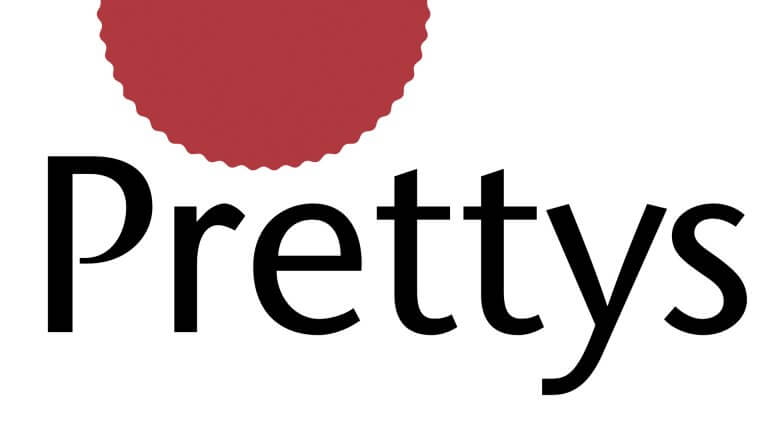Bank statements provide a detailed record of all transactions that have touched your business banking account in a given month. This includes everything from debit card usage to incoming cheques and direct deposits, meaning this is quite literally the money coming in and the money going out.
Don’t underestimate their importance, as these documents hold valuable information about your business’s financial health and cash flow. Reviewing them helps you identify potential fraudulent activity faster, track expenses more effectively, spot costly bank errors, or even discover opportunities for growth.
They can also act as proof for tax calculations or any type of audit, and future projections are often based on this historic data too.
If you’re not sure where to start with making the most of this mission-critical document category, stick with us as we explain everything you need to know from start to finish.
Reading Your Statements
The prospect of going through an entire month’s worth of transactions might leave you feeling flustered, but knowing what to look for simplifies the process, and helps you with things like cash flow and debt management. Here’s where should you start when reading your bank statement:
- Begin with the ‘Account Summary’. It provides an overview including opening balance, closing balance, total debits and credits.
- Next, check out the ‘Transaction Details’ section. This lists individual transactions sorted by date.
- Pay attention to both deposits and withdrawals, as they reflect income received or expenses paid respectively, whether or not they’re deductible.
- Check for any bank fees listed separately because these eat into your profits overtime.
Being thorough is a must when reviewing these documents, since understanding each element of your statement from top-down level can save you money and eliminate potential headaches down the road.
Efficient Bookkeeping Methods for All Transactions
Maintaining accurate records of all your business transactions is a crucial and continuous activity. With an efficient bookkeeping system, the task becomes less tedious and more fruitful as it yields meaningful results in terms of insights into your finances.
Consider the following methods:
- Manual Recording: This includes keeping paper ledgers or using spreadsheets. While this method might feel dated, some businesses still find comfort in physically recording their details.
- Software Systems: There are various automated bookkeeping software options available today that can synchronize with your bank account directly. This not only saves time but greatly reduces human error.
- Hiring Professionals: If bookkeeping is becoming too complex or time-consuming for you, consider hiring a professional accountant or bookkeeper who can manage this for you efficiently.
Regardless of which method suits you best, consistency is at the core of effective tracking. It allows you to quickly make well-informed decisions based on real numbers whenever needed, be it estimating tax payments or planning growth strategies.
Reviewing Charges and Deposits
Up-to-date reviewing of charges and deposits on your bank statement allows you to quickly catch any discrepancies. Such anomalies could be due to a mistake made by the bank, by one of your vendors, or even by yourself.
Here’s what you should focus on:
- Unauthorized Transactions: Make sure all listed transactions are familiar and yours indeed.
- Potential Duplicates: Review for any unintended duplicate transactions that may cause an undesired outflow from your account.
- Incorrect Amounts: Watch closely for amounts debited or credited which differ from what was expected.
- Additional Fees & Charges: Banks often apply charges such as service fees or overdraft protection costs, so make sure they haven’t been implemented mistakenly.
Regularly scrutinizing accounts weekly rather than waiting until month-end lets you swiftly rectify these issues, rather than leaving them to fester.
How, Why, and When to Digitize Paper Statements
In an increasingly digital world, it’s wise to consider moving away from paper statements. However, the shift should be done strategically. Digital bank statements aid in better organization of financial data and are significantly more accessible compared to physical folders.
Here’s why you’d want to digitize:
- Easy Data Access: Enjoy quick access via any device anytime, anywhere.
- Boost Productivity: Spend less time physically filing or scouring through stacks of paper. For instance, this tool is ideal for making bank statement conversion simpler, whether you’re looking to digitize paper documents or turn a PDF into an Excel spreadsheet.
- Be More Environmentally Friendly: Reducing reliance on paper helps your business become green!
Start with gradually scanning older records while opting for paperless statement options going forward, which is a facility that most banks provide business and individual customers alike.
Categorizing Transactions
Categorization can be a game-changer while reviewing bank statements. By grouping transactions into various categories based on their nature, you earn clarity about where your money is coming from and going to.
Here are some steps for creating effective categories:
- Expense Types: Categorize all the outflows broadly into areas like operating expenses, administrative costs, sales and marketing spending. This helps to identify unnecessary spending.
- Income Sources: Classify income based on different sources of revenue. It reveals performance trends over time.
- Tax Related Items: Keep tax-relevant transactions separate, as it becomes a lifesaver if you want to avoid tax mistakes.
It might appear tedious initially, but once set up appropriately in your bookkeeping system or software, categorizing will shed light on unseen financial patterns quickly whenever you look at those numbers.
Reconciling Monthly Records
If you’re a small business owner, reconciling your bank statement with your own records should be an integral part of your monthly routine. This helps ensure all transactions are correctly recorded in both the books and by the bank.
Here’s how to achieve effective reconciliation:
- Start at Square One: Your starting point should be ensuring that the ‘beginning balance’ matches with last month’s ‘ending balance’.
- Confirm Deposits & Withdrawals: After this, verify individual deposits and withdrawals for accuracy.
- Investigate Differences: If there is any difference between what you’ve calculated as your ending balance versus what shows on the bank statement, investigate immediately to find out why. This is a good way to detect mischief and clear up discrepancies.
Monthly reconciliations help maintain financial transparency while giving confidence about where exactly you stand financially.
Final Thoughts
Bank statement management might seem an insurmountable obstacle at first, but it’s a vital process that provides invaluable insights into your business’ financial condition. With consistent monitoring and proper organization techniques as discussed earlier, handling these essential documents can be simplified, making your small business operations more effective and informative.























